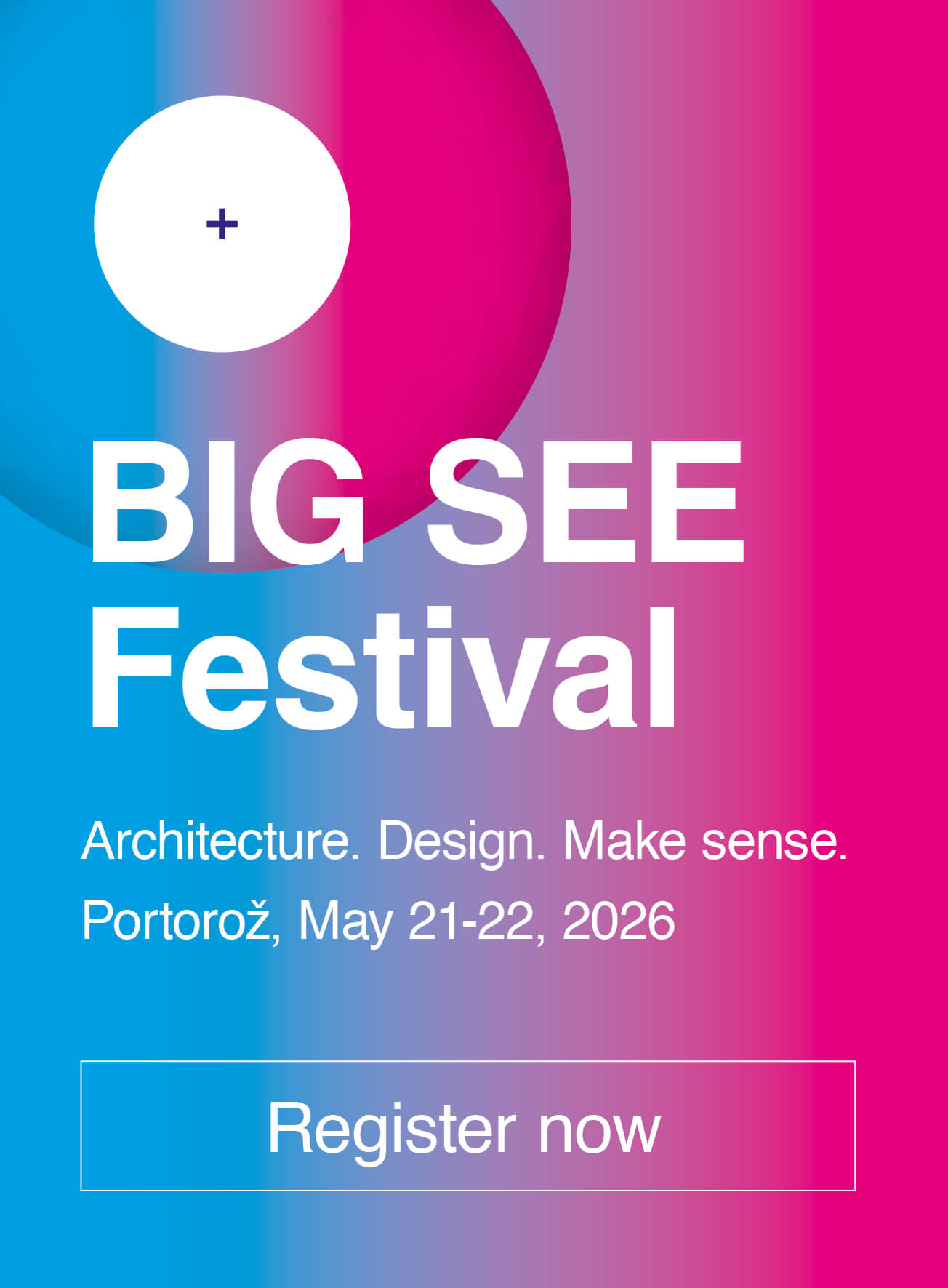
Predrag Marsenić, Montenegro

Nominator: Ema Alihodžić Jašarović
Nominator's statement
Predrag Marsenić is an student of master studies, researcher, and interdisciplinary artist who explores the fundamental boundaries of space, meaning, and perception through various mediums. His work in architecture, music, photography, and literature is driven by the same idea—reduction to the essential, to absolute values, to the bare essence of phenomena. In architecture, Marsenić explores nihilistic, primordial, and non-referential/self-referential architecture—concepts that reject context, function, and aesthetics in favor of a spatial manifestation that does not narrate but confronts.Through terminological deconstruction, reduction of architectural elements, and a metaphysical reevaluation of architecture, his work questions what remains when function, symbolism, and subjective perception are stripped away. His music, under the artistic name NENAD, reflect the same nihilistic principle present in his architecture—an absence of narrative, minimalism in expression, a confrontation with emptiness, and a systematic rejection of the superfluous.
His photography is duotone—black and gray. His work does not explore thematic darkness but rather visual reduction—the elimination of subjective color perception and the reduction of the image to absolute values of light and darkness, without color dependent on the human visual apparatus. Through this approach, photography becomes a pure fact of light, just as architecture becomes a pure fact of space.
His theoretical texts connect architecture with existentialism and nihilism, while the scenes he describes are photogenic, static, yet heavy—spaces with their own weight, their own presence.
He is trying to redefine space and its contextuality and meaning throught AI image generation. In his prompt driven creations, under the artist name Osama (Montenegrin for “isolation”) he creates landscapes with structures which create a feeling of foreboding, fear, isolation and alienation, which ties into his core architectural values that fuel his wide spectrum of creativity and creation.
Through all these disciplines—architecture, music, photography, and literature—a common thread runs: redefining perception, rejecting the redundant, negating sentimentality, and confronting space in its raw, unfiltered form.
REDUCED TO ASHES - CREMATORIUM
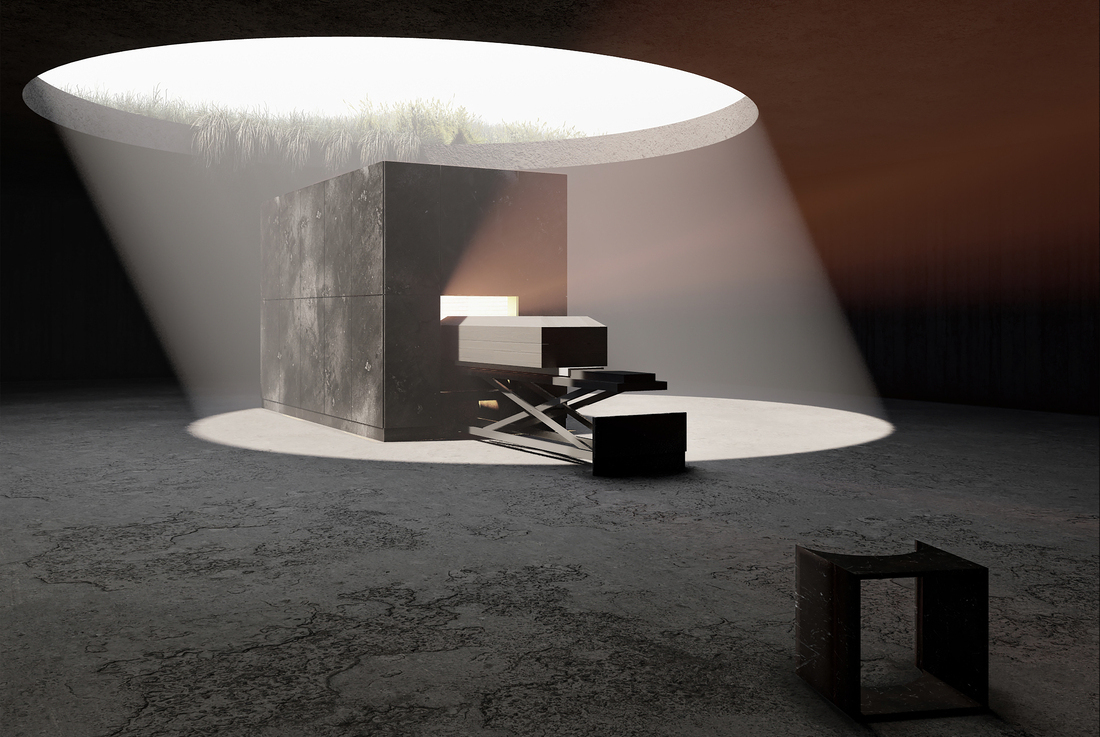
Half-buried in the earth, this monolithic concrete volume exists in a state of deliberate detachment — a space neither sacred nor sentimental, but one that simply is. A single entrance leads into the darkened interior, where the raw presence of matter and void defines the experience.
At the center, the cremation machine sits beneath a large oculus, where vegetation seeps through, indifferent to the rituals below. The architecture does not guide mourning; it offers only space and finality.
A pit for ashes rejects the notion of preservation, while stainless steel shelving for urns remains silent, impersonal.
Scattered stainless steel stools, minimal and unyielding, resist comfort. This is a nihilistic architecture — one that negates narrative, faith, and ornament, leaving behind only the weight of absence, the atmosphere of smoke and dust, and the unfiltered confrontation with the end.
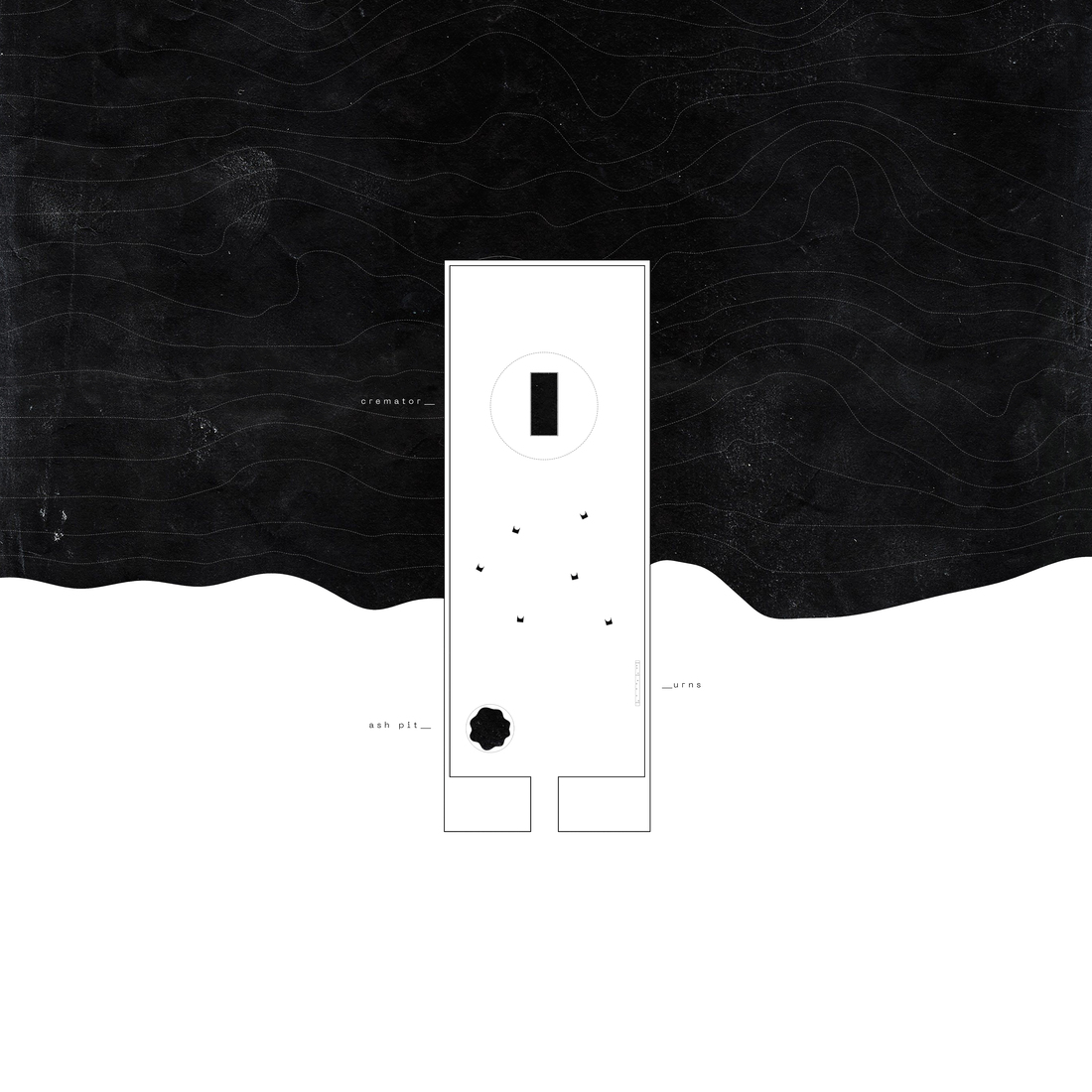
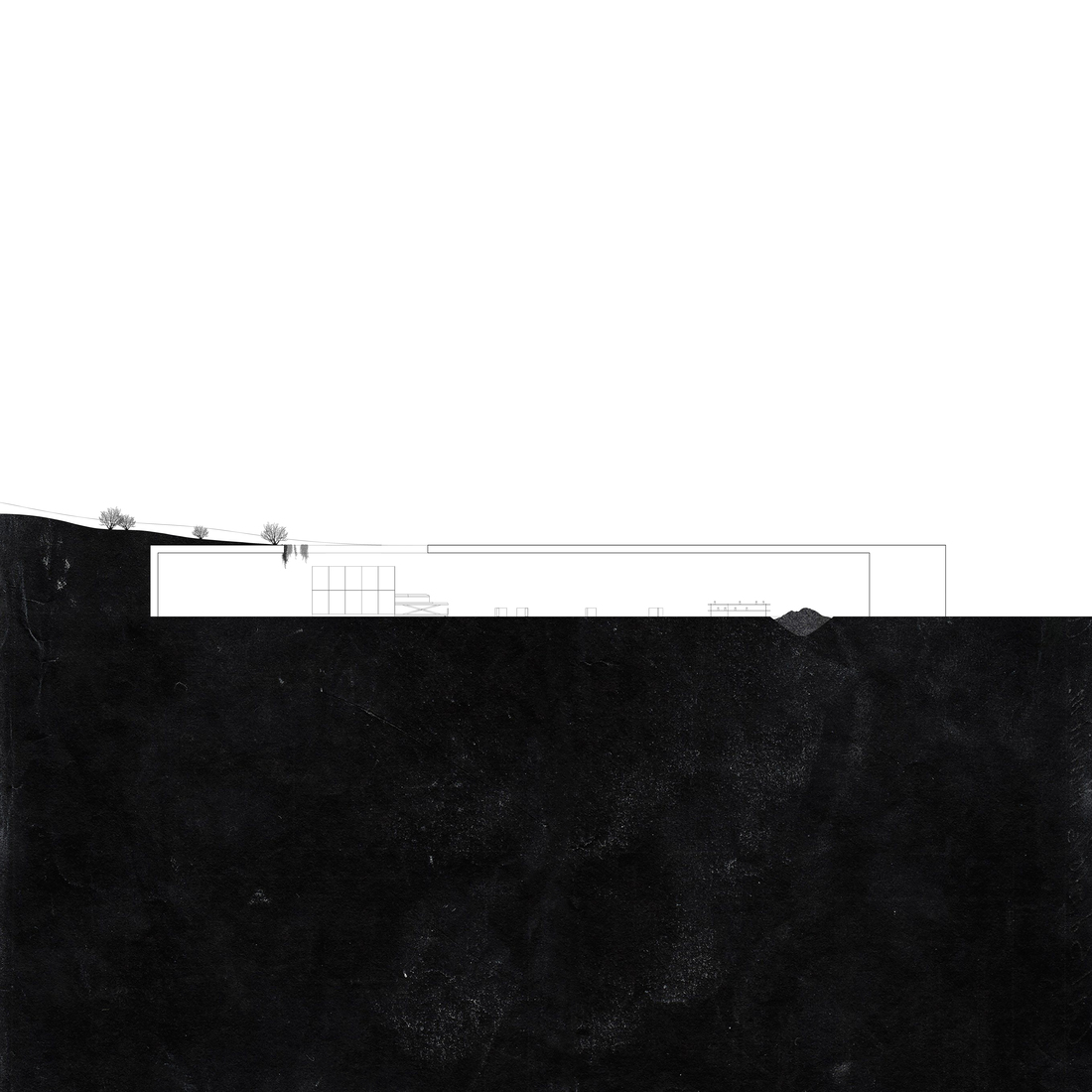
IOOO - PUBLIC TOILET
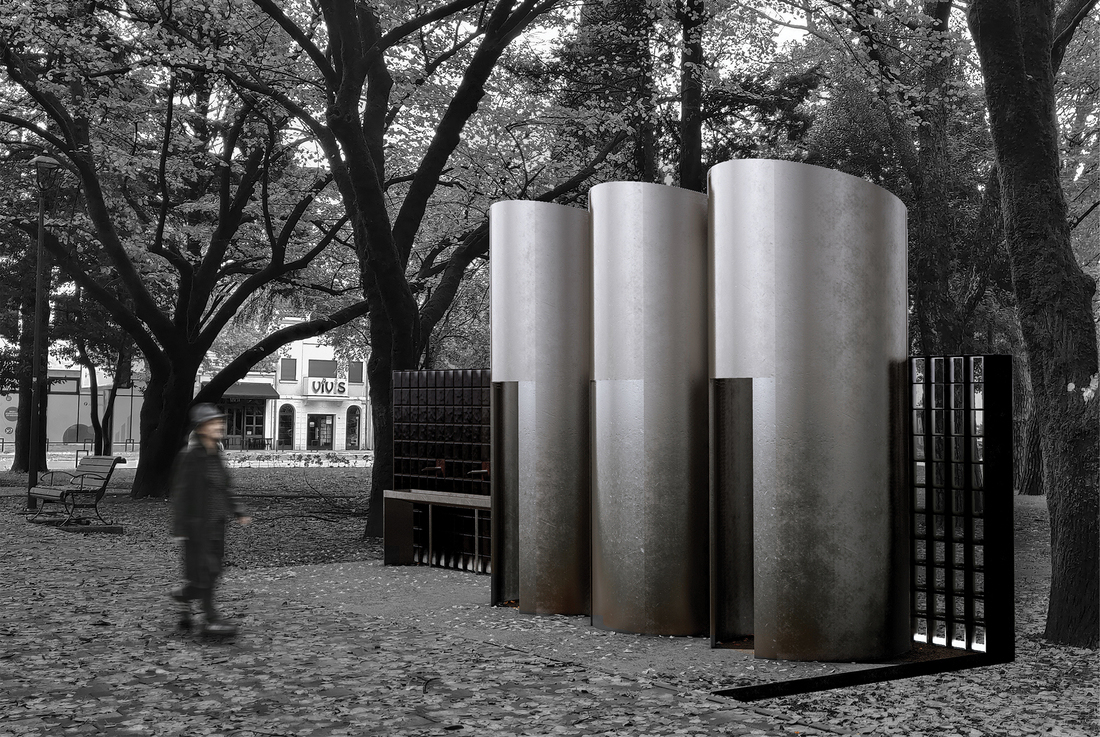
This project redefines public infrastructure through a flexible and reductive architectural system. Designed to provide adaptable public toilets and water fountains, it allows for variations in the number of cabins and taps, ensuring efficiency while maintaining a monolithic visual identity that resists stylistic association.
The composition is distilled into three fundamental elements:
_An illuminated glass-block wall — a translucent volume that both encloses and reveals the infrastructural core.
_Stainless steel cabins — precise, industrial units designed for durability and neutrality.
_A stainless steel basin with foot-activated taps — a pragmatic, tactile interface emphasizing functionality.
With its uniform materiality and restrained geometry, the project remains detached from its surroundings, integrating not through mimicry but through its timeless, acontextual presence — a structure defined by necessity, clarity, and permanence.
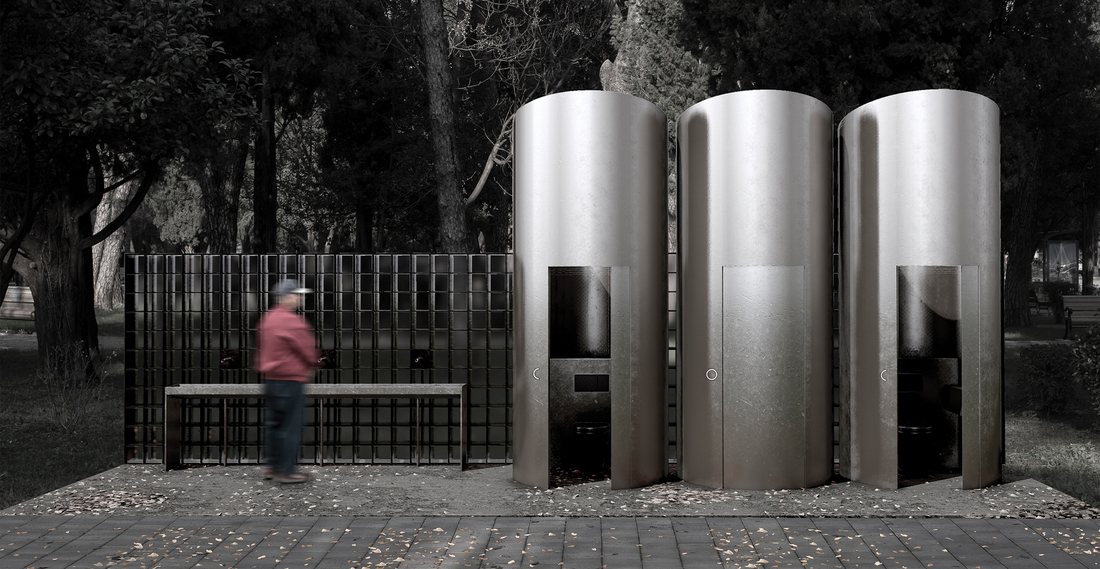
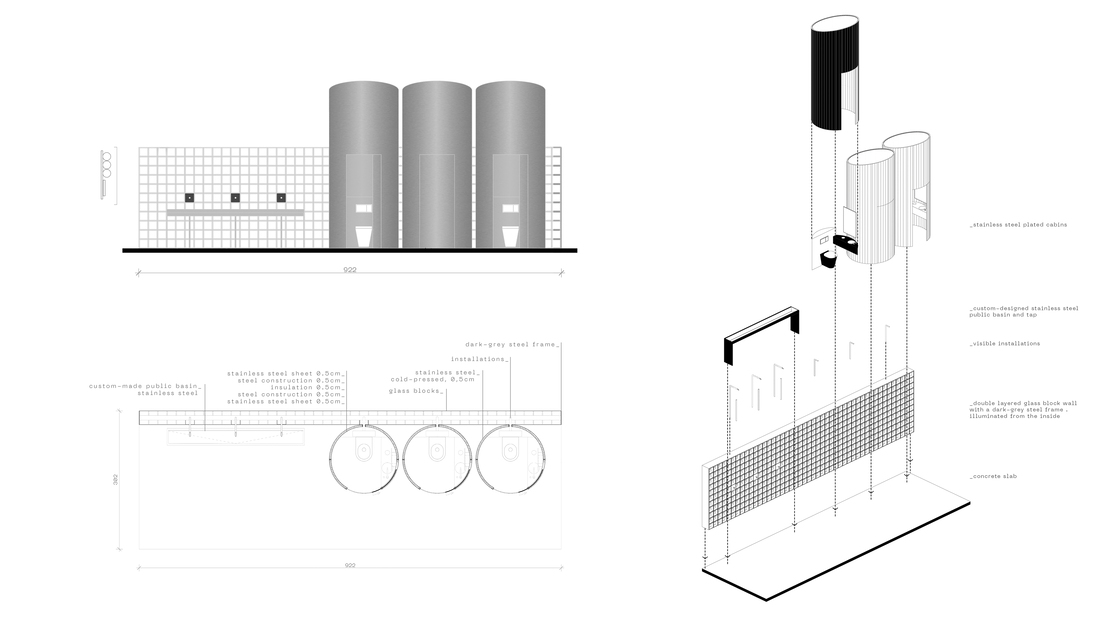
SHARP TO TOUCH - FURNITURE COLLECTION

A furniture collection that rejects ergonomics, comfort, and familiarity, existing instead as an exercise in brutal materiality and spatial tension. Crafted entirely from stainless steel, with occasional black leather cushions that appear more as interruptions than accommodations, each piece is an art object first, functional only in the most conceptual sense.
The stool, a hollow steel cube, is punctured by two intersecting vertical semicircular cuts, leaving its edges razor-sharp and its presence hostile. The coffee table, a low, elongated steel box, doubles as storage — books are slid into its cavity, while a single circular plate offers a precarious resting place for objects.
The armchairs take this hostility further: one mirrors the stool’s severed steel plate backrest, rendering it physically oppressive, while the other twists and protrudes its cushion through its own metallic void, disrupting traditional seating logic and perverting the semi-circular cut of the backrest to an elliptical one.
The lounge chair is pure mechanical tension — a pivoting system between leather and steel, where the user’s body is reduced to its skeletal vectors, suspended between two elements: a soft taboret and a sharp, cantilevered L-shaped steel form. It forces posture into pure geometric alignment, transforming the act of sitting into a spatial confrontation.
This collection is not meant to be used — it is meant to be experienced, endured and questioned.


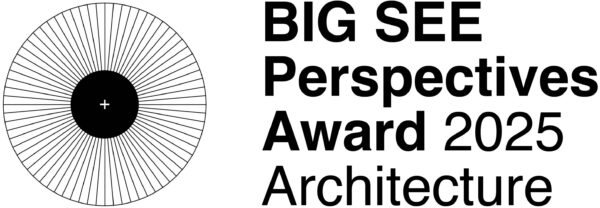
Predrag Marsenić
Predrag Marsenić is an architect and creative who explores nihilistic, primordial, and non-referential architecture — rejecting context, function, and aesthetics in favor of pure spatial manifestation.
His work does not aim to serve human needs but instead confronts them, creating spaces that exist for themselves, as raw materializations of form. Through terminological deconstruction, reduction of architectural elements, and metaphysical inquiry, he questions what remains when function, symbolism, and subjective perception are stripped away.
His approach challenges conventional architectural thought, seeking to create spaces devoid of narrative or prescribed meaning.
Instead of designing environments for comfort or utility, he constructs architecture that stands autonomous — brutal, indifferent, and absolute.
His work redefines space not as something to be inhabited but as an existential phenomenon, where architecture is stripped to its most fundamental state, confronting the viewer with its raw, unfiltered essence.
Contact
+382 69 330 323
p.marsenic.arh@gmail.com



